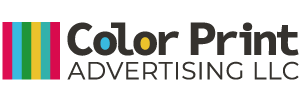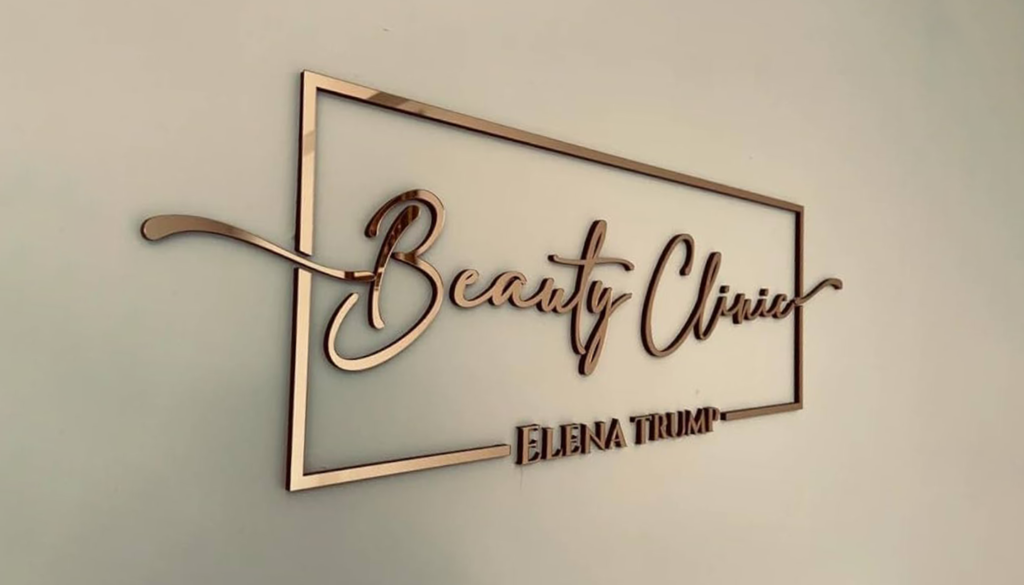A 3D sign is more than just a name on a wall. It’s an invitation, a small monument that lets people know who you are before they even say anything. A well-designed 3D sign does two things at once in the UAE’s busy shopping streets and sleek business districts: it cuts through visual noise and stands up to the weather. This article explains why dimensional signage is important, how to avoid the mistakes that many local brands make, and what to ask your fabricator so that your investment lasts for years.
Psychological Factor of Choosing a Sign in 3D
It’s easy to miss flat graphics. Dimensional letters and logos show depth, cast soft shadows, and work well at night and during the day, especially when used with smart lighting. Studies and best practices in the field show that being physically present—depth, texture, weight—makes something seem more valuable. A well-made Sign in 3D shows that a business is professional and permanent. It tells customers, “This business belongs here.”
Custom 3D signs not only look good, but they also make it easier to read from a distance, make high-end storefronts look better, and help people remember your brand. Every look is a chance to brand yourself when the form, font, and finish match your brand.
Climate, Codes, And Maintenance
Here’s the problem: a lot of providers only care about looks. In the UAE, ignoring the weather, local rules, and how to keep things up to date is how beautiful custom signs turn into expensive repairs. Heat bends cheap acrylic. Salt air eats away at metal fasteners. Installers who aren’t trained don’t pay attention to wind load and put themselves at risk of falling off. That’s why the best choice is a 3D sign letters board that takes into account local conditions, like the materials, the engineering, and the installation plan that takes into account the wind, sun, and permit timelines.
Cheat Sheet for Materials
- Acrylic (non-illuminated or halo-lit): Crisp edges, great color. Choose thicker grades and UV-resistant finishes for sunny façades.
- Aluminum & stainless steel: Premium, long-lasting, especially for brushed or mirror finishes. Better for coastal sites.
- Foam letters (high-density): Lightweight, cost-effective for indoor or sheltered areas. Requires good sealing for exteriors.
- Backlit acrylic or metal composite: Best for 24/7 visibility — pick IP-rated LEDs and waterproof housings.
- PVC or composite cores with routed faces: Budget-friendly, but demand robust anchoring in windy zones.
When you talk to a fabricator, make sure to get detailed information about the materials and how long they are expected to last in Dubai and Abu Dhabi. Don’t take “it’ll be fine” for an answer; ask for proof.
Design Hacks That Help Your Sales
- Scale to human sightlines: Bigger doesn’t always mean better. People must be able to read letters clearly from the distances they are meant to see them.
- Contrast and finish: Matte faces cut down on glare, and polished edges make the product feel more expensive. For stores, make sure the writing is clear before adding decorations.
- Lighting strategy: Letters with front lighting show shapes at night, while letters with halo lighting give a classy outline. Pick LEDs that have been shown to handle heat.
- Mounting systems: Hidden studs and anchor plates are neat and spread out the weight. When there are strong winds, you can’t get around mechanical anchors and wind load calculations.
3D sign letters: what to ask before you order
- What exact material grade are you using and why?
- How will the fixings handle wind loads and thermal expansion?
- Do you supply an IP-rated lighting system with warranties?
- What maintenance is required and what does the warranty cover?
- Who handles permits and site surveys?
When you ask these questions, the conversation changes from opinion to specification, and specifications are what lead to lasting results.
Crafting a premium sign in 3D: A Case study
Think of a small café on Sheikh Zayed Road that wants to look classy and have a warm glow. The best answer was 50mm brushed aluminum 3D sign letters with IP65 LEDs that lit up the halo and were mounted on an aluminum backer with ventilation to keep the heat from building up. The design was focused on making it easy to read from both the road and the sidewalk. The face was matted to keep the sun from shining on it at noon. The contract included wind-load anchors and a check-up every six months. Result: an immediate improvement in perception and no repairs for three years.
The Hack Everyone Misses “Sustainability”
Signs in 3D that are good for the environment are another gap in the market. More and more brands want materials with less embodied carbon, parts that can be recycled, and lighting modules that can be replaced instead of full assemblies. Using modular face plates and LED drivers that can be replaced cuts down on waste and long-term costs. Sustainability in signage is a smart way to stand out in a market where green credentials are becoming more important in buying decisions.
Factors of Choosing a Print Partner
Look for three things: proof that the company has worked on sites like yours before, clear information about the materials and installation, and a clear plan for what to do after the installation. Local case studies are very useful. Request pictures of completed installations in similar settings and look for client reviews that talk about how long the product lasts and how quickly the company responds to service requests.
Color Print provides complete 3D sign installation services in the UAE, from design to production to installation. Their portfolio includes examples of aluminum, acrylic, and backlit solutions that are made to work with the weather and rules in your area. Their teams also take care of site surveys and permits to speed up delivery.
Budget and Maintenance
Expect a range of prices instead of just one. The cost of small to medium reception signs can be low (foam or PVC letters), but the cost of high-end façade signs with metal, LEDs, and engineered fixings is higher. You should also think about the hidden costs of a site survey, permit fees, electrical connections for illuminated raised letter signs, wind-load anchoring, and a small maintenance retainer for yearly checks. Make plans for good work now; doing cheap work again costs twice as much.
Checklist To Consider Before Signing a Contract
- Approved shop drawings with exact measurements.
- Lighting and material specification sheet.
- Plan for wind load and fixings for outside installations.
- Terms of the warranty for materials and LEDs.
- A schedule for maintenance and a way to get in touch with someone in case of repairs.
Final Thoughts: A Review
A sign in 3D can be the best thing you own that isn’t online. It adds value by making things easier to see, building trust, and strengthening brand personality every hour of every day. But the difference between “nice” and “smart” is planning. Pick materials and engineers who know how the weather works in the area, pick a fabricator who can show you how to install things that last, and include maintenance in the plan.
If you want a sign that looks great and still reads like new after years of sun and sand, start with a proper site survey, ask for material data, and think of installation as engineering instead of decoration. Your brand will be grateful every time someone sees you on the street.


